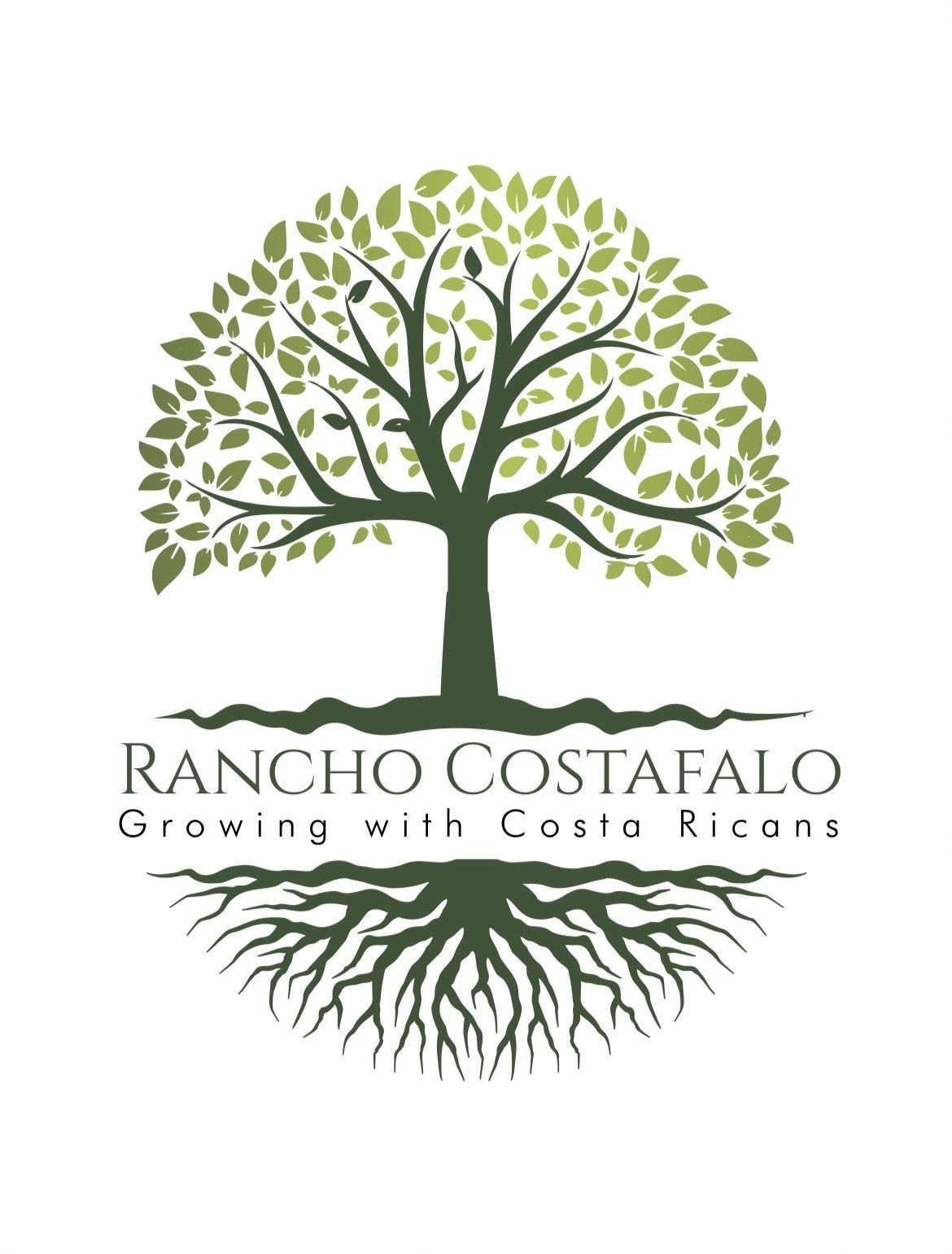Sapo Frog
In Costa Rica, the sapo frog (Bufo marinus), also known as the cane toad or giant toad, is a notable amphibian with a significant ecological and cultural presence. Originally introduced to combat agricultural pests, particularly cane beetles, the sapo frog has since established itself in various habitats across the country. This amphibian is characterized by its robust build, warty skin, and distinctive golden eyes. The sapo frog is nocturnal and primarily terrestrial, often found near bodies of water where it breeds. Despite its beneficial role in pest control, the sapo frog is also known for its toxicity. It secretes bufotoxins through glands on its skin, which can be harmful or fatal to predators that attempt to consume it. In Costa Rican folklore, the sapo frog is sometimes associated with superstitions and myths, reflecting its imposing appearance and nocturnal habits. Conservation efforts aim to mitigate the negative impact of sapo frogs on native wildlife while recognizing their ecological role in their adopted habitats.


